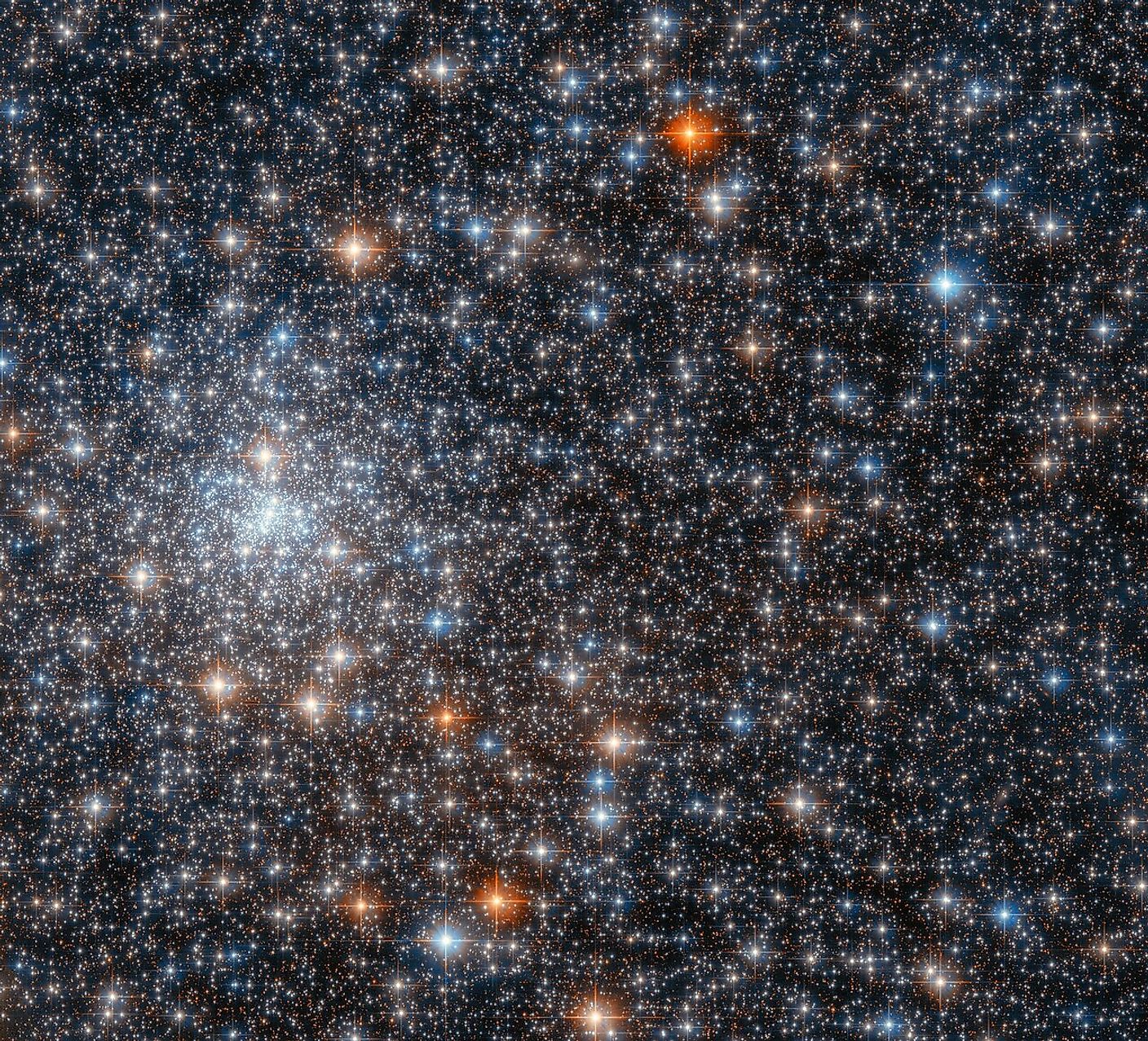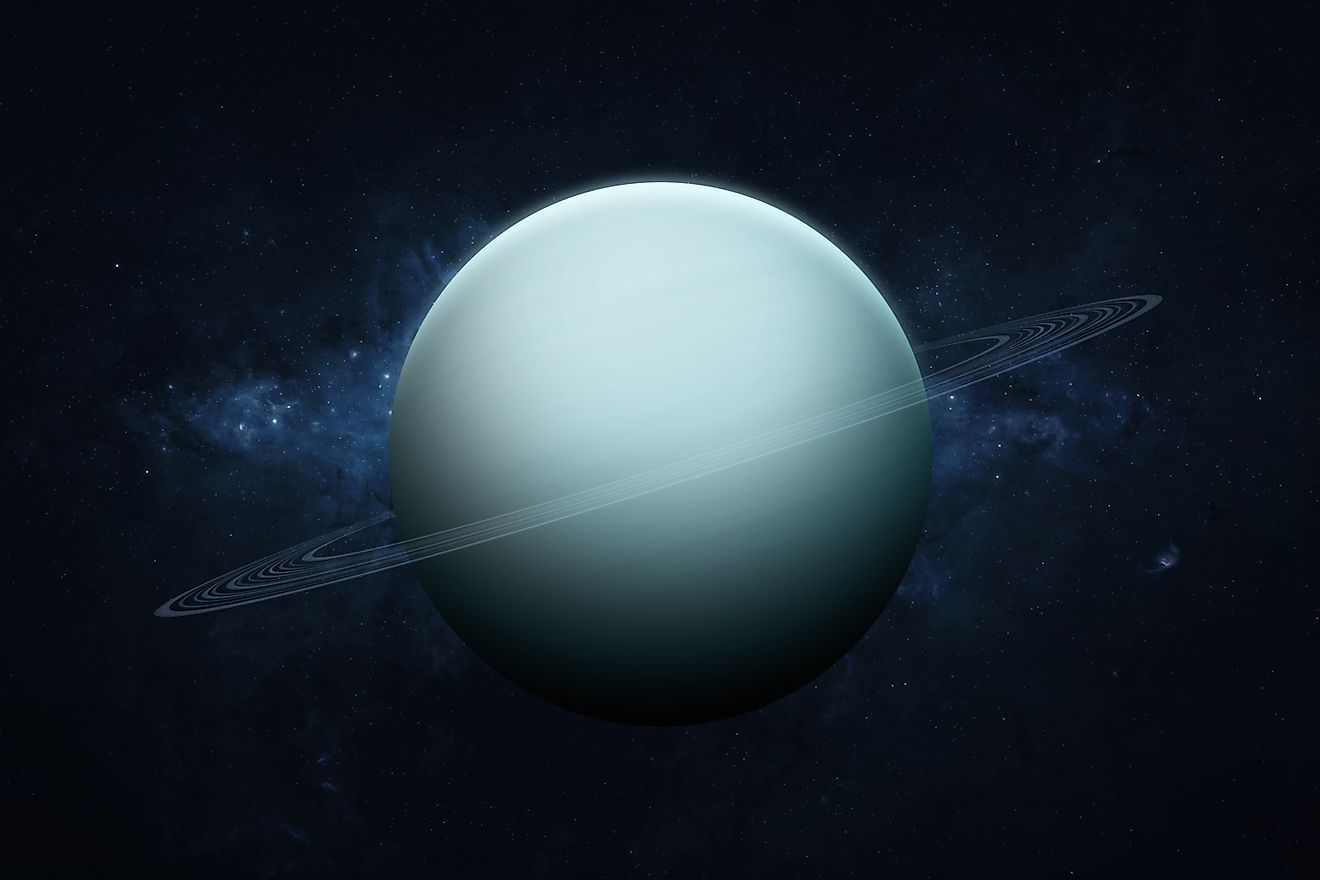
How Many Stars Are There?
Whenever we look up at a clear night sky, we can see a multitude of stars. From here on Earth, if you happen to be in an area with no light pollution, you can see upwards of 10,000 individual stars. That may seem like a lot, yet it represents less than 1% of all the stars just in our galaxy. The Milky Way is home to an estimated 100-billion stars, and the Milky Way itself is only one of potentially trillions of other galaxies. Is it possible to estimate the number of stars in the universe?
Estimating The Number Of Stars

If you tried to count the stars individually, it wouldn’t take long for you to lose track. Even if you attempted to count all the stars in the Milky Way, it would be years before you finished. Counting the number of stars in the universe would take millions upon millions of years, and so counting them individually is simply impossible. Rather, astronomers find ways of estimating the number of stars. Since most stars exist within galaxies, estimating the number of galaxies in the universe is a good first step in estimating the number of stars in the universe. However, estimates of the number of galaxies vary significantly, and range from as low as 100-billion to as high as 10-trillion. In 2016, a study on Hubble images provided an estimate of two trillion galaxies, which is generally the number that is used in estimating the number of stars. Next, astronomers assume that the Milky Way is a fairly typical galaxy, and the number of stars it contains is the average number of stars contained within any given galaxy. With 100-billion stars in the Milky Way and two trillion galaxies in the observable universe, we simply multiply 100-billion by two trillion. Thus, the number of stars in the universe is estimated to be 200-billion trillion. To get an idea of just how big that number is, here’s the full thing: 200,000,000,000,000,000,000,000.
Problems With Estimates
There are some obvious problems with estimating the number of stars in the universe. First, we can only estimate the number of stars in the observable universe. The universe itself extends far beyond what we can actually see, and beyond our cosmic horizon, there are likely more galaxies and more stars. When we estimate the number of stars in the universe, it only represents the regions of the universe we can physically see. Furthermore, the universe could very well be infinite in size, in which case there could be an infinite number of stars in the entire cosmos.
A second problem is in the assumption that the Milky Way is a typical galaxy. Galaxies vary significantly in the number of stars they contain, with some containing far fewer stars than the Milky Way and some containing far more. Also, the number of stars in the Milky Way is estimated based on the mass of our galaxy, which is about 100-billion solar masses. This means that the total number of stars in the Milky Way is equivalent to 100-billion solar masses. If our galaxy only contained sun-like stars, it would contain 100-billion stars. However, most stars are low mass stars called red dwarfs, and so the number of stars in our galaxy likely exceeds 100-billion.
A third issue is the fact that the number of galaxies in the observable universe is currently unknown, and the number two trillion is likely a vast undercount. There are likely trillions more galaxies in the observable universe. When we take all of this into account, the true number of stars likely far exceeds the estimated amount of 200-billion trillion.











